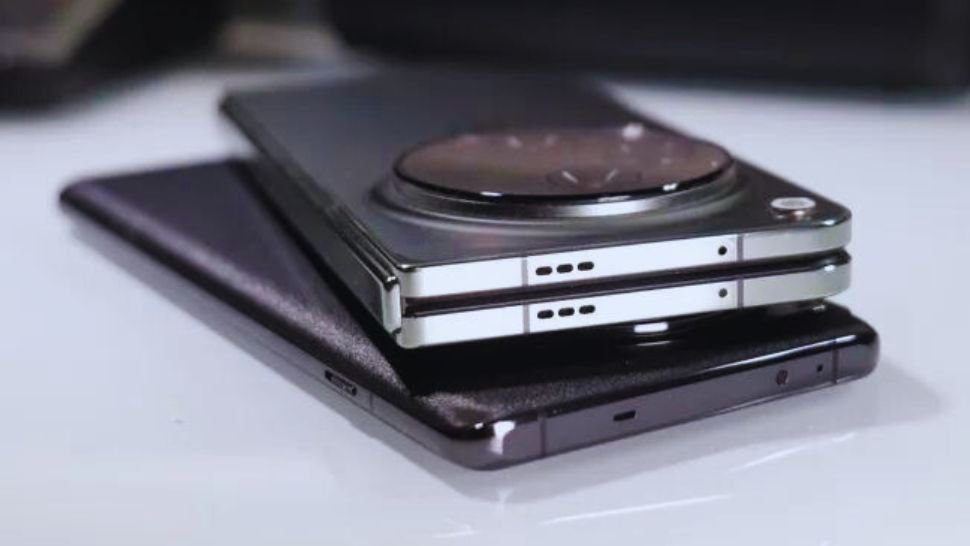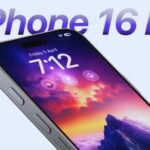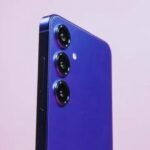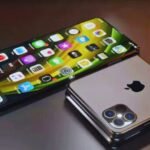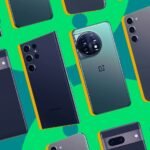The days of remote controls are over. best phones with IR blasters So, it's not surprising that consumers are looking for the best phones that have infrared blasters. These tiny parts that mimic an infrared remote control turn your smartphone into a universal remote control.
- Best phones overall: These are our current favorites
- Phones with the longest battery life: Most durable phones
- 5G phones: Current models
If you're looking for a smartphone that can replace your living-room remote, you don't have many easy choices; many of the best TVs can be controlled via their respective apps, but these are the top ones. Although IR blasters were once a common feature for some phone manufacturers, they've fallen by the wayside in recent years. For example, Samsung stopped embedding them in its flagships with the Galaxy S6. Still, some Chinese manufacturers like OnePlus, TCL, Huawei, and Xiaomi still see the value in IR blasters and continue to include them.
What are the best phones with IR blasters?
Why is Tom's Guide trusted? To help you make the best choices, our writers and editors spend hours testing and reviewing a wide range of products, services, and apps. Read more about our methods for rating, analyzing, and testing.
What used to be a common feature is now a unique, exclusive feature. There was a time when nearly all of the best Android phones came equipped with an infrared blaster. When you combined it with a suitable remote control app, which you can get from the Google Play Store or may already have installed on your phone, you had the best universal remote control available to you.
Times have changed. The IR blaster is now a rare feature found in most flagship phones available in North America. Most of them are from OnePlus, which makes its phones available for purchase not only directly on its website but also from carrier stores and other merchants. Apple never really believed in them in the past, and Samsung and LG abandoned them long ago.
While they're really old, you can still find them from other phone makers, like the LG G5. But if you really need it for cheap, it's worth thinking about. It's encouraging to see it being included in new products, as OnePlus surprised us by including it in some of its most recent phones.
Generally, we recommend against using older technology, like older Galaxy or LG phones, because they're too slow to work properly and aren't getting the security upgrades that are necessary to provide a reliable and safe user experience. To use as a remote, you may find it worthwhile to buy one of these older models as a separate phone.
The best phones with IR blasters you can buy today

1. OnePlus 12
If you love an infrared blaster, you should buy the OnePlus 12. It’s a flagship phone, so it’s even better that its companion app makes it easy to find among thousands of devices to work with its infrared blaster.
Even better, OnePlus has made one of its best flagship models in recent memory, improving in almost every aspect. First of all, we’re happy to see that wireless charging is back on the flagship series, with a fantastic 50W wireless charging speed that’s even faster than its 80W cable charging speed (100W for the international model).
In terms of battery life, it finished our battery benchmark test in the shortest time—17 hours and 41 minutes. This shows the remarkable power efficiency of the Snapdragon 8 Gen 3 CPU and outperforms almost every other phone on our best phone batteries list.
If these arguments don't convince you to choose the OnePlus 12, you should know that it offers the best flagship value of any phone, mainly due to its lower price compared to other flagship models. When you include its excellent 3x optical zoom camera, we believe it offers a strong package that deserves your attention.

2. Xiaomi 14
The Xiaomi 14 is a cutting-edge phone equipped with an infrared blaster. The Xiaomi 14's 6.3-inch OLED screen is powered by Qualcomm's newest CPU, the Snapdragon 8 Gen 3, and it has ample 12GB of RAM for better responsiveness. The Xiaomi 14 also features a triple-lens rear camera with 3.2x optical zoom, a primary 50MP camera, and a 50MP ultrawide and telephoto lens. In addition, lightning-fast charging is available with 50-watt and 90-watt wired options. Since this phone is a 5G device, it can naturally take advantage of faster data rates. However, before you buy this unusual flagship phone with an IR blaster, as with any imported phone, make sure the Xiaomi 14 will work with the adequate bands your carrier uses for the service.

3. OnePlus Open
The OnePlus Open is one of the best foldable phones available for a number of good reasons, not the least of which is the fact that it's one of the fastest phones out there.The OnePlus Open is a foldable phone. It is the only device in its category with an IR blaster. It is surprising how well it performs, considering that it is OnePlus' first smartphone and scores high in almost every category.
At first, the OnePlus Open feels quite flimsy and lightweight in terms of design. However, this is not the usual weakness of a foldable phone. Its main 7.82-inch flexible AMOLED display is aesthetically pleasing and ideal for multitasking, including watching movies and running multiple apps.
In terms of multitasking, its Open Canvas feature - which dynamically organizes up to three programs simultaneously - is unmatched by any other phone. With this function, your productivity will increase. If this is not enough to convince you, it also offers a lower price than its competitors and sets a new standard for the longevity of foldable phones.

4. LG G5
The LG G5, which debuted in 2016, is one of the last flagship phones from a major, mainstream manufacturer to feature an infrared blaster. However, the LG G5 was unique in other ways, too. Four years ago, its modular design and detachable battery really made it stand out. Sadly, its 2,800mAh battery—which is pretty decent by 2016 standards—doesn't hold a charge for very long.
The LG G5 is now available on Amazon for less than $200, which is either a reasonable price by today's smartphone standards or way too expensive for a universal remote, depending on your perspective.

5. OnePlus 12R
As you can see, only one phone maker consistently includes an IR blaster in its models. Unlike the other two smartphones we just mentioned, the OnePlus 12R has an infrared blaster, but it costs a lot less.
With excellent results in our battery benchmark tests and quick recharge, it's one of the cheapest phones we've tested. While the disadvantages of getting a sub-$500 phone with an IR blaster can't be ignored, the camera should be better in low light.
How to choose a phone with an IR blaster
There really isn't much choice in situations like this. If you're looking for a reasonably priced phone that will meet your needs, it makes sense to spend less than $200 on the LG G5.
All phones generally work the same way with an IR blaster, so you just have to figure out which imported phone will work best with your carrier's network. International GSM unlocked phone models are always the better choice because they're able to connect to most bands used by global carriers and are most likely to work in your area. It should be noted that only GSM carriers, including AT&T and T-Mobile, are willing to handle GSM-unlocked phones sold abroad; Verizon and Sprint are more restrictive and may not allow imported handsets to be synced.
If you're interested in buying a used phone, just be careful about what you're getting into. It's unlikely that any potential software bugs you'll encounter will have patches. The device's battery life may also suffer, especially if you buy it used and it's suffered some normal wear and tear and use.
How We Test Smartphones
Each smartphone is tested for several days in real-world scenarios, with Tom's Guide reviews comparing it with a variety of performance-measuring applications. To assess overall speed and graphics performance, we use Geekbench 5 and GFXBench, respectively.
To assess performance, we also run our own video editing test in the Adobe Premiere Rush app on both Android and iPhone devices to see how long it takes to convert a clip.
To measure display quality metrics like brightness and color accuracy, we use a light meter. Our in-house battery test measures how long the battery will last by continuously loading live webpages on a 4G or 5G network. To get consistent results across phones, we try to use T-Mobile's network and set each phone's screen brightness to 150 nits.
Finally, we check the software, evaluate gaming performance, and compare live camera performance with competing smartphones; all of these aspects contribute to our in-depth evaluation.
Also Read:- The Best Android Phones of 2024
Also Read:- iPhone 16 Pro Max — Everything we know so far
